
Rivers
The rich network of rivers in Sri Lanka make the island an oasis at any time of year, naturally watering the paradise garden with its splendid heritage. The highest concentration of rivers and lakes is found in the south-west of the country, making it possibly the most fertile area in Sri Lanka.
Rivers
The Rivers of Sri Lanka originate in the central highlands. From there they descend to the plains and empty into the sea. The rivers are typically unnavigable in their higher reaches, where they flow swiftly and turbulently through highly eroded passages to the plains below. Many rivers descend over steep cliffs, forming spectacular waterfalls. In their lower courses, the rivers slowly meander through flood plains and deltas.
The longest river of Sri Lanka, the Mahaweli, traverses a course of about 330 km (about 205 mi). It flows northeastward across the central highlands and empties into the Bay of Bengal near the port of Trincomalee, on the eastern coast. The country’s second longest river is the Aravi Aru, traversing about 220 km (about 135 mi) on a northwestward course, from the central highlands to the Gulf of Mannār.
Sri Lanka has no natural lakes. Dams on the Mahaweli and other rivers have created large reservoirs. In addition, a series of small reservoirs called tanks dot the north central plains, storing water during the dry season. Some of the tanks were constructed as many as 2,000 years ago.
Much of Sri Lanka is arid and has only a few permanent rivers. However, the southwestern region’s “wet zone” is characterised by numerous rivers that arise in the high mountains of the central part of the island. These diverse river basins support endemic populations of aquatic plants, bivalves, and fish.
Sri Lanka’s known freshwater species include 90 fish (with twenty-six endemics) and 21 crabs, yet ongoing studies suggest that the number of undescribed species is potentially quite large.
-
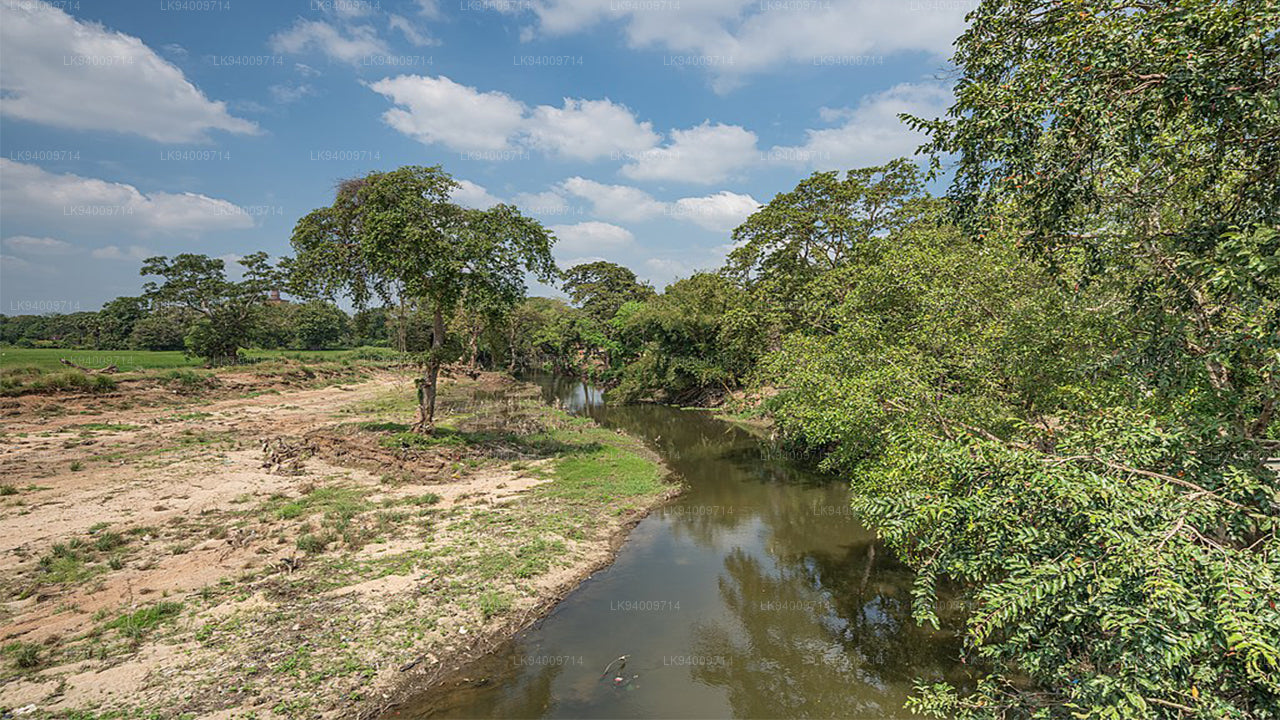 Malwathu Oya (මල්වතු ඔය)
Malwathu Oya (මල්වතු ඔය)The Malvathu River long river in Sri Lanka, connecting the city of Anuradhapura, which was the capital of the country for over 15 centuries, to the coast of Mannar. It currently ranks as the second longest river in the country, with a great historic significance.
-
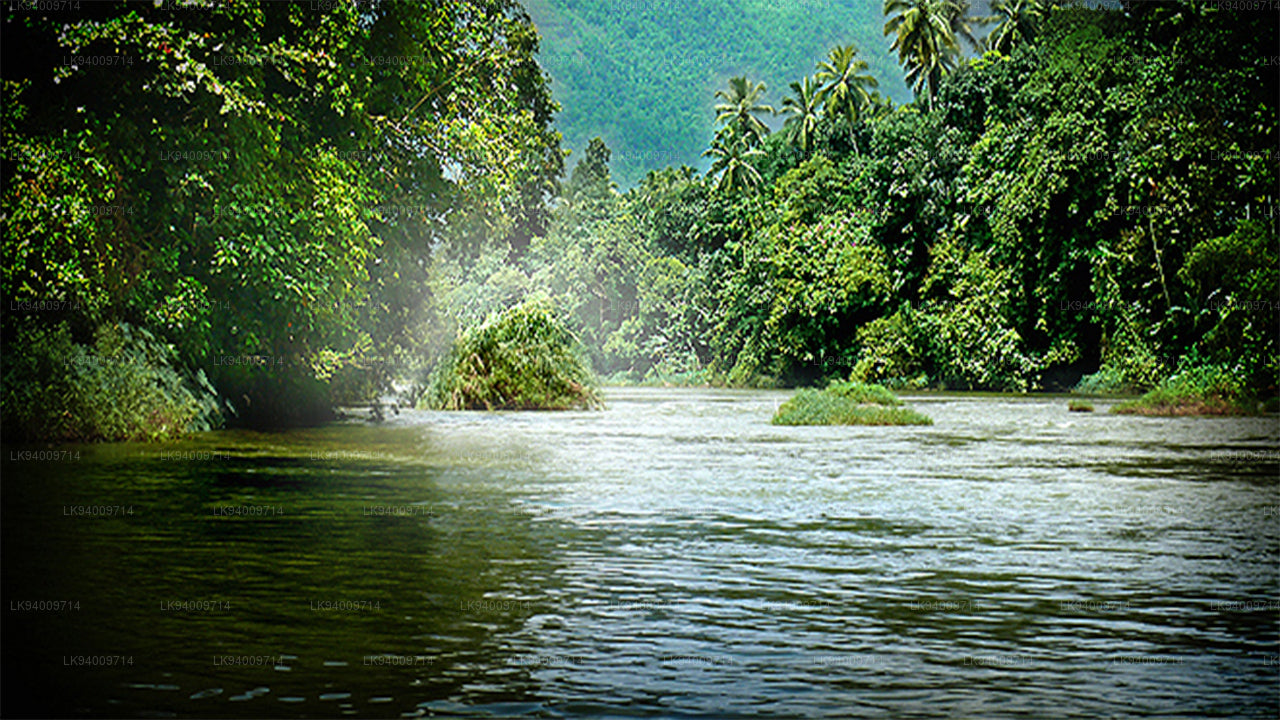 Kelani River (කැලණි ගඟ)
Kelani River (කැලණි ගඟ)The Kelani River is a 145-kilometre-long (90 mi) river in Sri Lanka. Ranking as the fourth-longest river in the country, it stretches from the Sri Pada Mountain Range to Colombo. It flows through or borders the Sri Lankan districts of Nuwara Eliya, Ratnapura, Kegalle, Gampaha and Colombo.
-
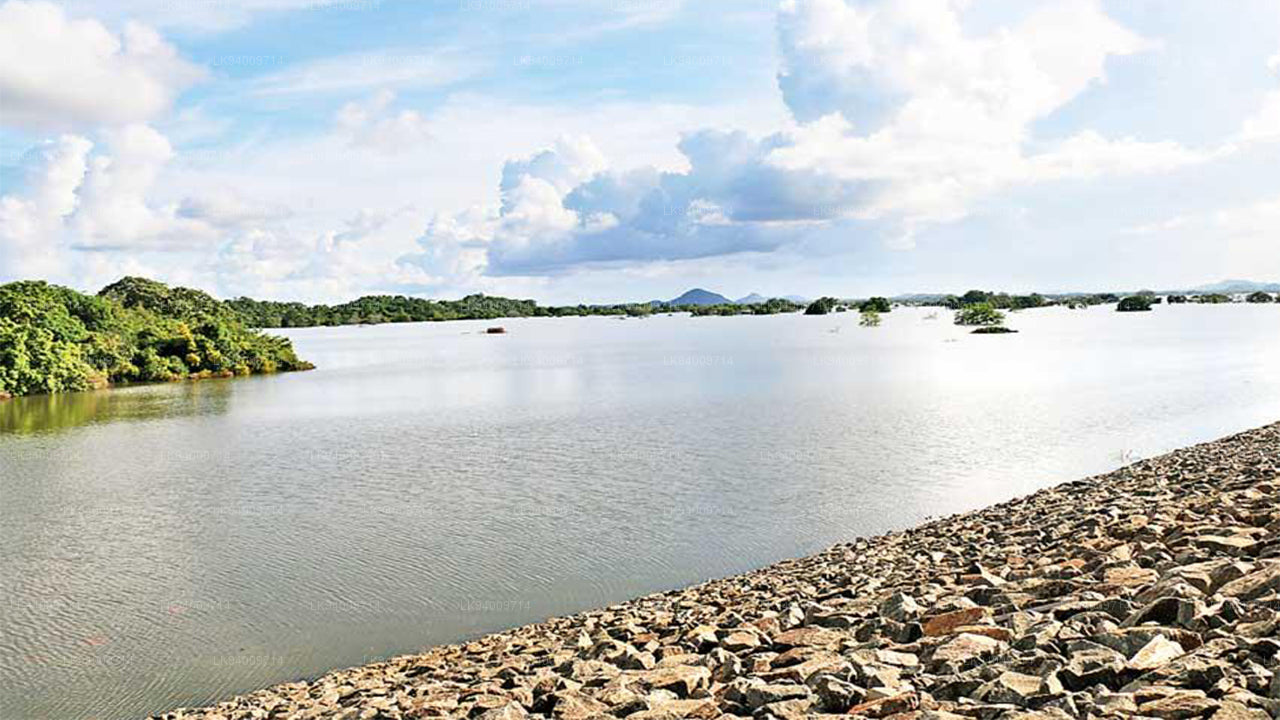 Yan Oya (යාන් ඔය)
Yan Oya (යාන් ඔය)The Yan Oya is the fifth-longest river of Sri Lanka. It measures approximately 142 km (88 mi) in length. Its catchment area receives approximately 2,371 million cubic metres of rain per year, and approximately 17 percent of the water reaches the sea. It has a catchment area of 1,520 square kilometres.
-
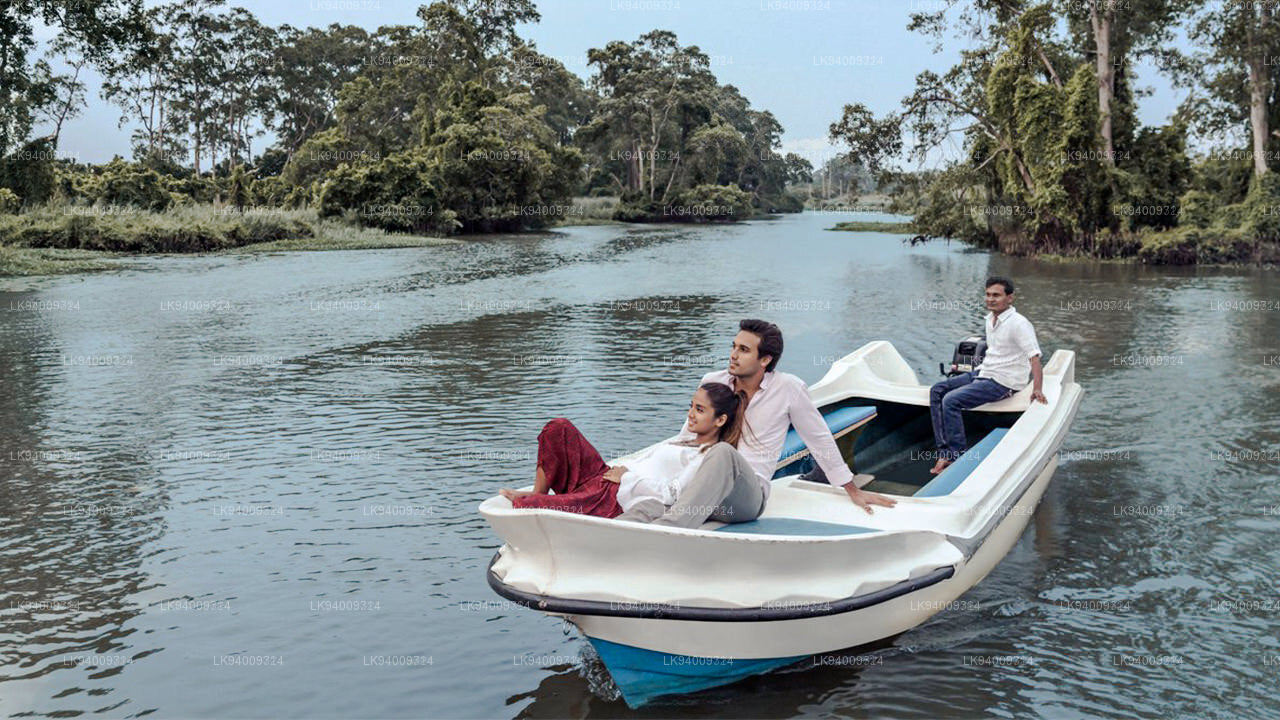 Walawe River (වලවේ ගඟ)
Walawe River (වලවේ ගඟ)The southern region of Sri Lanka is exalted by a bushel of enthralling and glorified rivers and the Walawe River is one of them. Gently flowing through the Udawalawe National Park, the Walawe River provides water for a multitude of species of mesmerising fauna.
-
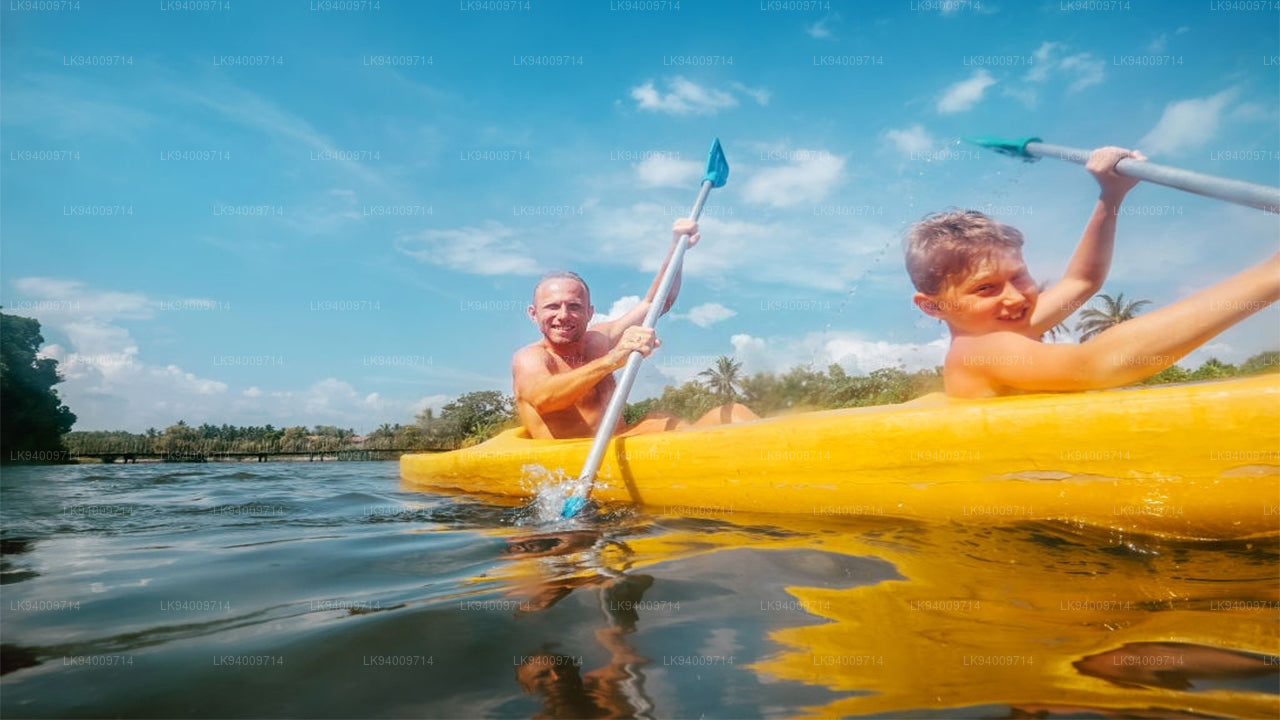 Kalu Ganga (කළු ගඟ)
Kalu Ganga (කළු ගඟ)Kalu Ganga is a river in Sri Lanka. Measuring 129 km (80 mi) in length, the river originates from Sri Padhaya and reach the sea at Kalutara. The Black River flows through the Ratnapura and the Kalutara District and pass the city Ratnapura. The mountainous forests in the Central Province and the Sinharaja Forest Reserve are the main sources of water for the river.
-
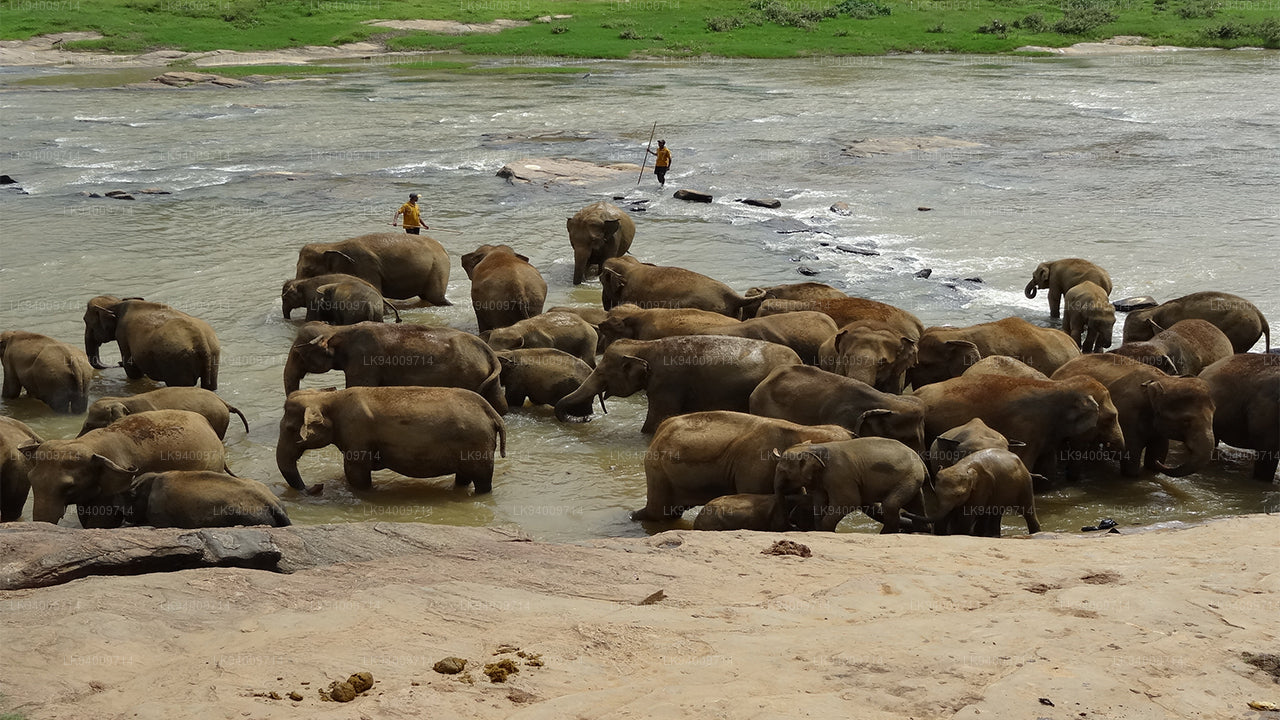 Maha Oya (මහ ඔය)
Maha Oya (මහ ඔය)The Maha Oya is a major stream in the Sabaragamuwa Province of Sri Lanka. It measures approximately 134 km (83 mi) in length. It runs across four provinces and five districts. Maha Oya has 14 Water supply networks to serve the need of water and more than 1 million people live by the river.
-
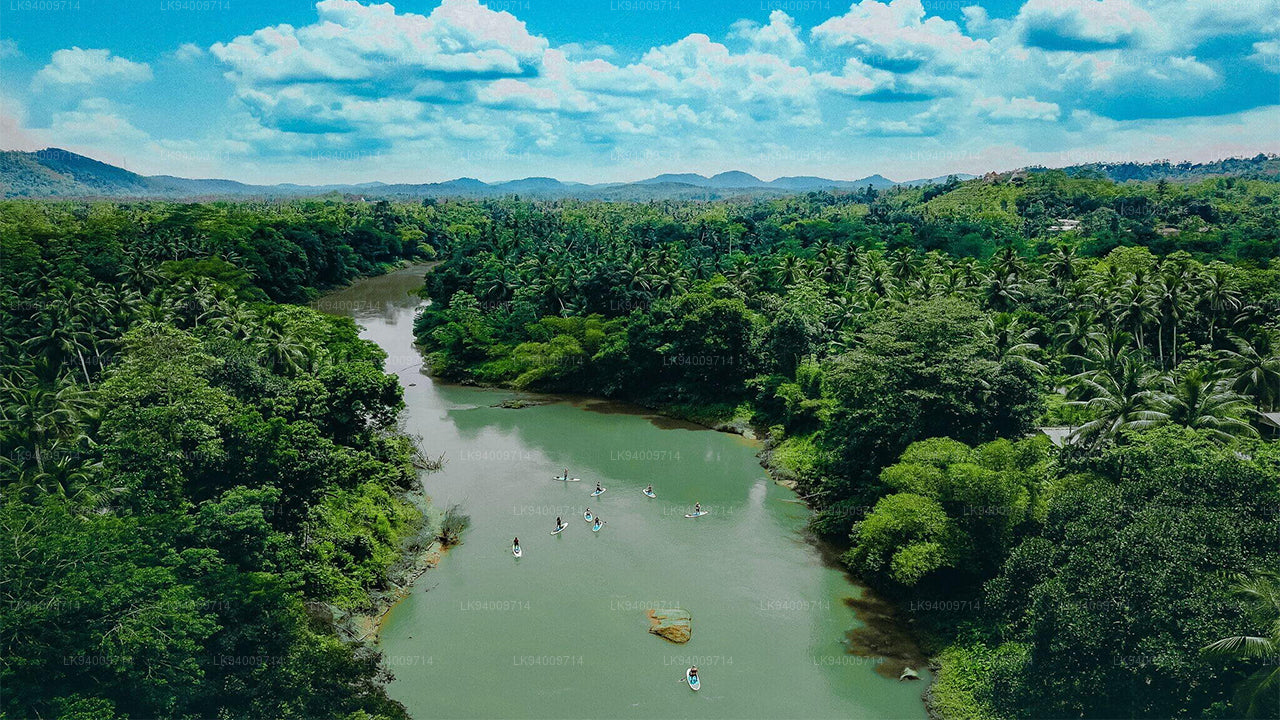 Gin Ganga (ගිං ගඟ)
Gin Ganga (ගිං ගඟ)The Gin Ganga, is a 115.9 km (72 mi) long river situated in Galle District of Sri Lanka. The river's headwaters are located in the Gongala Mountain range, near Deniyaya, bordering the Sinharaja Forest Reserve.
-
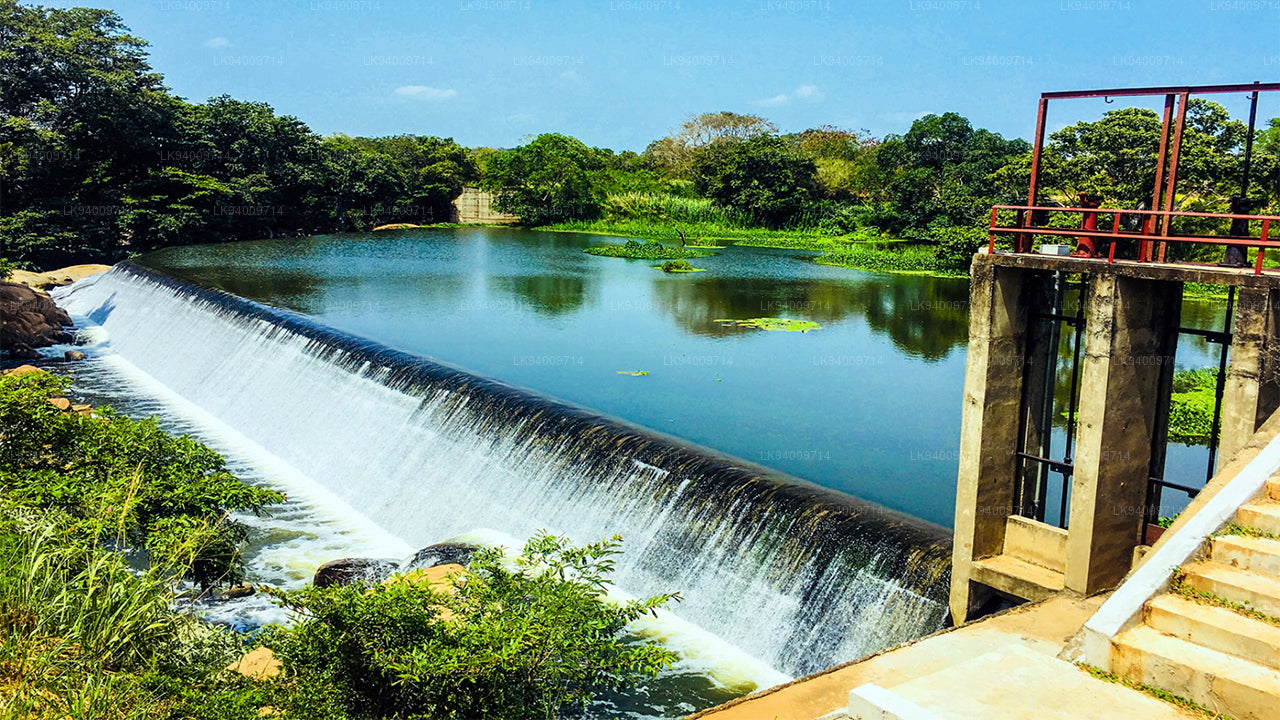 Kala Oya (කලා ඔය)
Kala Oya (කලා ඔය)It was around these ancient tank (water storage reservoir) irrigation systems that the economy and human settlements of early Sri Lankan society were organised into a “hydraulic civilization”.
-
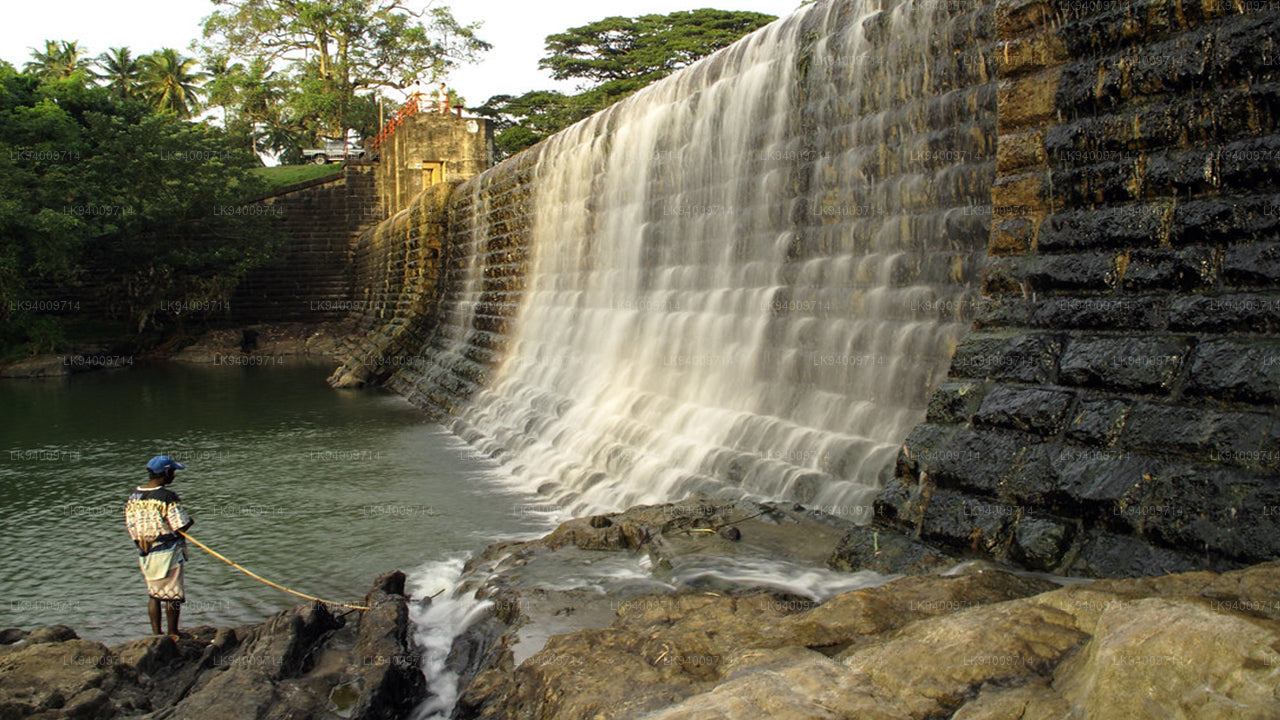 Deduru Oya (දැදුරු ඔය)
Deduru Oya (දැදුරු ඔය)The Deduru Oya Dam is an embankment dam built across the Deduru River in Kurunegala District of Sri Lanka. Built in 2014, the primary purpose of the dam is to retain approximately a billion cubic metres of water for irrigation purposes, which would otherwise flow out to sea.
-
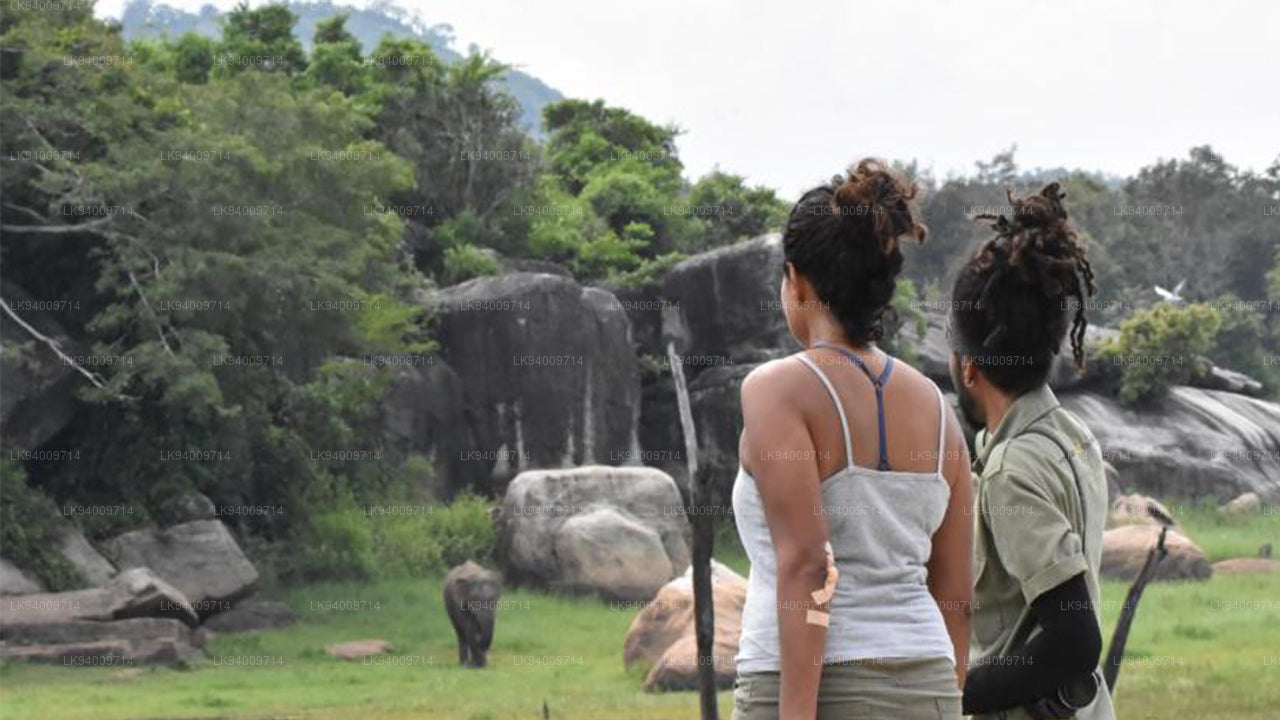 Maduru Oya (මාදුරු ඔය)
Maduru Oya (මාදුරු ඔය)The Maduru Oya is a major stream in the North Central Province of Sri Lanka. It is approximately 135 km (84 mi) in length. Its catchment area receives approximately 3,060 million cubic metres of rain per year, and approximately 26 percent of the water reaches the sea.
-
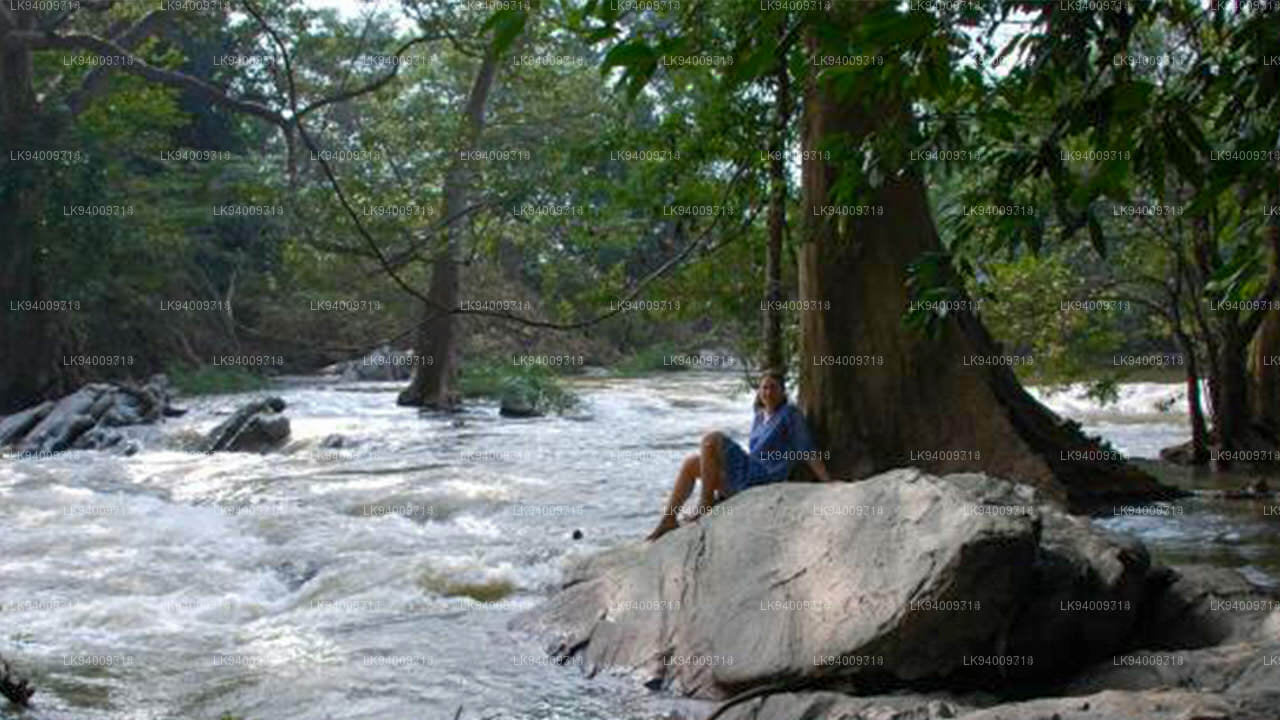 Kumbukkan Oya (කුඹුක්කන් ඔය)
Kumbukkan Oya (කුඹුක්කන් ඔය)The Kumbukkan Oya is the twelfth-longest river of Sri Lanka. It is approximately 116 km (72 mi) long. It runs across two provinces and two districts. Its catchment area receives approximately 2,115 million cubic metres of rain per year, and approximately 12 percent of the water reaches the sea.
-
 Mi Oya (මී ඔය)
Mi Oya (මී ඔය)The Mi oya is a 108 km (67 mi) long river, in North Western of Sri Lanka. It is the fifteenth-longest river in Sri Lanka. It begins in Saliyagama and flows northwest, emptying into the Indian Ocean thru Puttalam.












